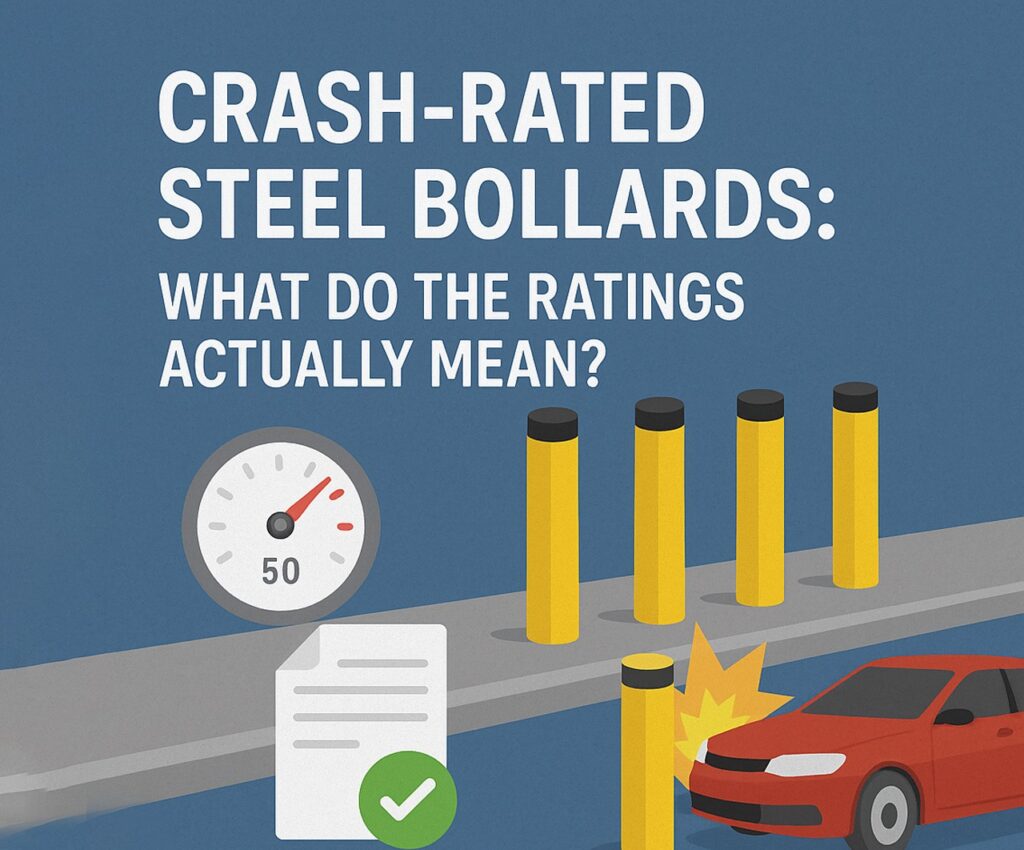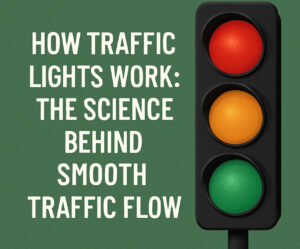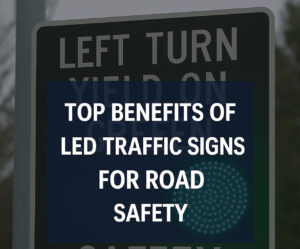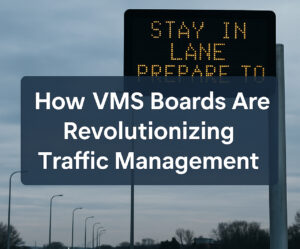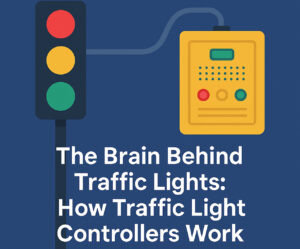If you’re researching steel bollards for sale, chances are you’ve seen terms like K4, K12, M30, or M50—and maybe wondered what they actually mean. Whether you’re looking to secure sensitive areas with 4 steel bollards or planning to install removable steel bollards in a high-traffic zone, understanding crash ratings is essential. These ratings are not just technical jargon—they’re the standard for determining how much impact a bollard can take and still stop a vehicle.
In this guide, we’ll unpack the meaning behind crash ratings, explain the different categories, and help you choose the right steel bollards for sale for your project. Know more..
What Are Crash-Rated Steel Bollards?
Crash-rated bollards are specifically designed and tested to resist vehicle impacts. They are often installed in locations that require a high level of protection—like embassies, airports, military bases, data centers, or storefronts that face heavy traffic areas.
These aren’t your average decorative posts. Even 4 steel bollards placed in the right configuration can stop a truck going over 30 mph—if they meet the right rating. With increasing vehicle threats and evolving security standards, knowing what you’re buying matters more than ever.
Breaking Down the Rating Systems
Crash ratings are standardized metrics that show how well a bollard can withstand an impact. Two primary rating systems are used globally:
1. Department of State (DOS) Ratings
Developed in the 1980s, the U.S. Department of State (DOS) created the K-ratings to test bollard performance against medium-duty trucks.
- K4: Stops a 15,000 lb vehicle at 30 mph
- K8: Stops a 15,000 lb vehicle at 40 mph
- K12: Stops a 15,000 lb vehicle at 50 mph
These were the gold standard for a long time, but technology and vehicle threats have changed—leading to a newer, more detailed system.
2. ASTM M-Ratings (Current Standard)
The American Society for Testing and Materials (ASTM) introduced the F2656-07 standard, now widely used. These ratings define not just if a bollard stops a vehicle, but how far the vehicle penetrates beyond the bollard.
Here’s a quick breakdown:
- M30 (formerly K4) – Vehicle at 30 mph
- M40 (formerly K8) – Vehicle at 40 mph
- M50 (formerly K12) – Vehicle at 50 mph
The penetration level is what determines the effectiveness:
- P1: Penetration ≤ 3.3 ft (Best)
- P2: 3.31 – 23 ft
- P3: 23.1 – 98.4 ft
- Failed: > 98.4 ft
So an M50-P1 bollard is your highest level of protection: stops a 15,000 lb truck at 50 mph and allows less than 3.3 feet of vehicle intrusion.
Why Crash Ratings Matter
If you’re browsing steel bollards for sale, and the product isn’t crash-rated, it may not be suitable for high-security use—even if it looks sturdy.
Crash ratings help you:
- Ensure compliance with federal or municipal regulations
- Match protection levels to risk
- Avoid liability in the event of an incident
- Protect pedestrians, buildings, or infrastructure from vehicle-based attacks
For many government projects, crash-rated bollards are mandatory. Even for commercial applications like storefronts or stadiums, it’s often worth the investment.
Types of Crash-Rated Steel Bollards
Fixed Steel Bollards
These are embedded deep into concrete and permanently installed. Perfect for locations where access doesn’t need to change. Many crash-rated models fall under this category.
Use Case: Airports, embassies, pedestrian malls.
Removable Steel Bollards
Crash-rated removable steel bollards are designed for flexibility. You can remove them for maintenance or emergency vehicle access but still maintain a high level of protection when they’re in place.
Use Case: Event venues, government buildings, or any location with shifting access requirements.
Retractable or Telescoping Bollards
These go a step further, retracting into the ground when not needed. Typically controlled remotely or automatically.
Use Case: Secure vehicle checkpoints or controlled-entry zones.
Even if you only install 4 steel bollards at a key entry point, the configuration and rating will determine whether your property is secure.
Common Misconceptions About Crash Ratings
1. “All steel bollards are crash-rated.”
Not true. Many decorative or commercial bollards are not rated for vehicle impact. Only those that have passed ASTM crash tests should be trusted for real security.
2. “More bollards equal more safety.”
Not necessarily. A poorly rated or improperly spaced set of 4 steel bollards might not stop a vehicle. Crash-rated bollards are tested and engineered to create a true barrier.
3. “Removable steel bollards aren’t strong enough.”
High-quality removable steel bollards can meet M30, M40, or even M50 standards if engineered correctly. The key is the ground sleeve design and proper installation.
Materials and Construction Features
Crash-rated bollards are usually made of heavy-duty structural steel. Here’s what sets them apart:
- Steel Core: Thick, high-grade steel that resists bending or deformation.
- Deep Foundation: Some extend several feet underground in reinforced concrete.
- Reinforced Sleeve Systems: Especially for removable steel bollards, which must lock securely in place.
- Optional Sleeves: Add visibility or aesthetics without compromising strength.
So when you’re comparing steel bollards for sale, look beyond surface-level specs. Ask about the core design, depth, and impact ratings.
Where Crash-Rated Bollards Are Used
- Federal Buildings – Protection against potential threats
- Stadiums & Arenas – Crowd safety and vehicle access control
- Retail Storefronts – Prevent smash-and-grab attacks
- Government Infrastructure – Deter intentional ramming incidents
- Corporate Campuses – Keep pedestrians safe and assets secure
Installation Considerations
Crash-rated bollards are only as good as their installation. Always work with certified professionals who understand the engineering requirements.
Key things to keep in mind:
- Spacing: Typically 3 to 5 feet apart depending on application
- Foundation depth: Must match the crash rating requirements
- Surface prep: Soil, concrete, or other foundation conditions impact effectiveness
- Drainage: Especially important for removable steel bollards to prevent rust or locking issues
Cost vs. Risk
Crash-rated steel bollards are an investment. Depending on rating and design, they may cost 5–10x more than standard bollards. But the cost of an unsecured facility, property damage, or injury is far higher.
If you’re managing security-sensitive environments, even just 4 steel bollards at strategic points can make all the difference.
Final Thoughts
Crash ratings aren’t just labels—they’re lifesaving standards. Whether you’re scanning for steel bollards for sale, configuring removable steel bollards, or mapping out a layout with 4 steel bollards, these ratings tell you how much force your perimeter can take and still stand strong.
Choose the right crash-rated bollards based on your location, threat level, and operational needs. And always remember: it’s not just about stopping vehicles—it’s about protecting lives, property, and peace of mind.

